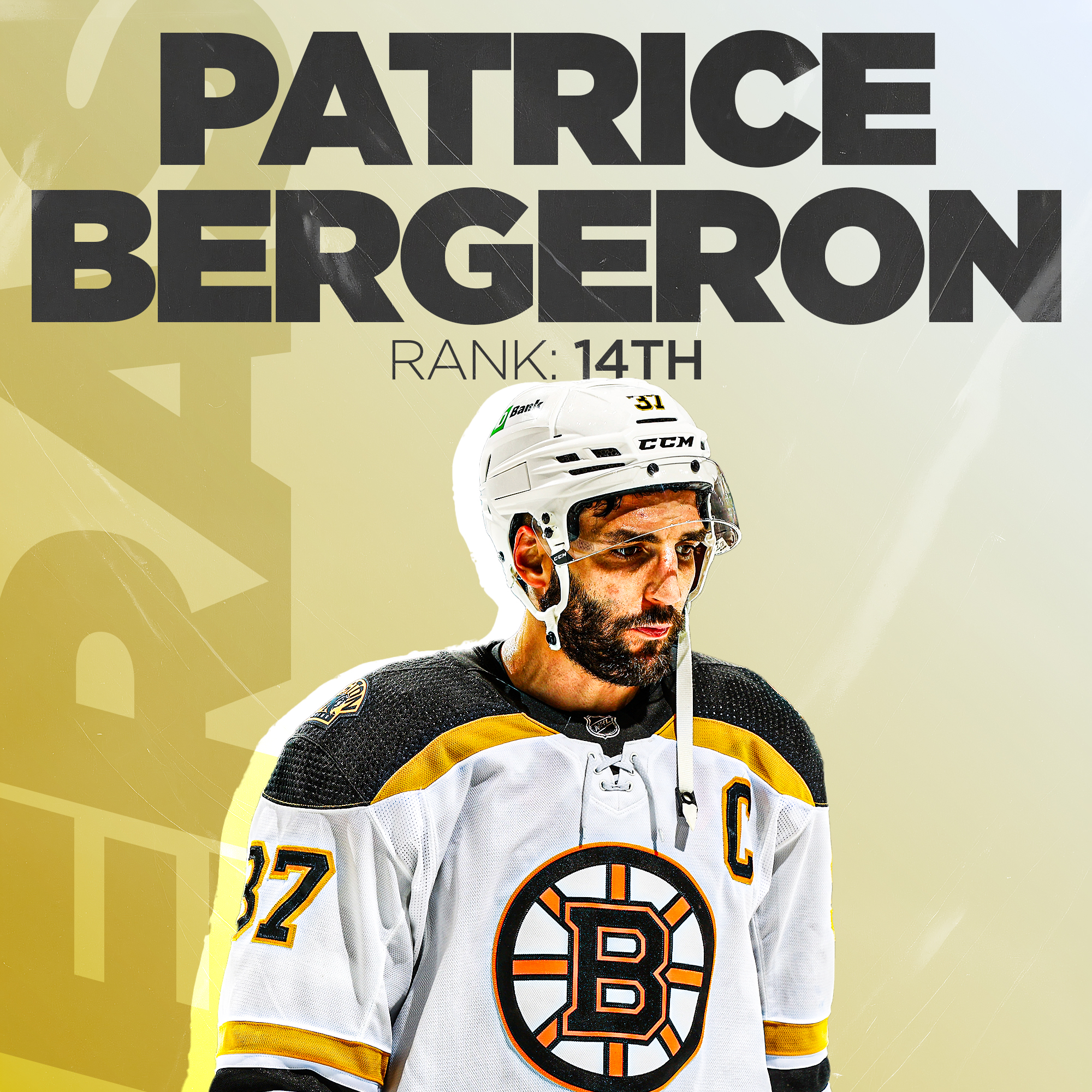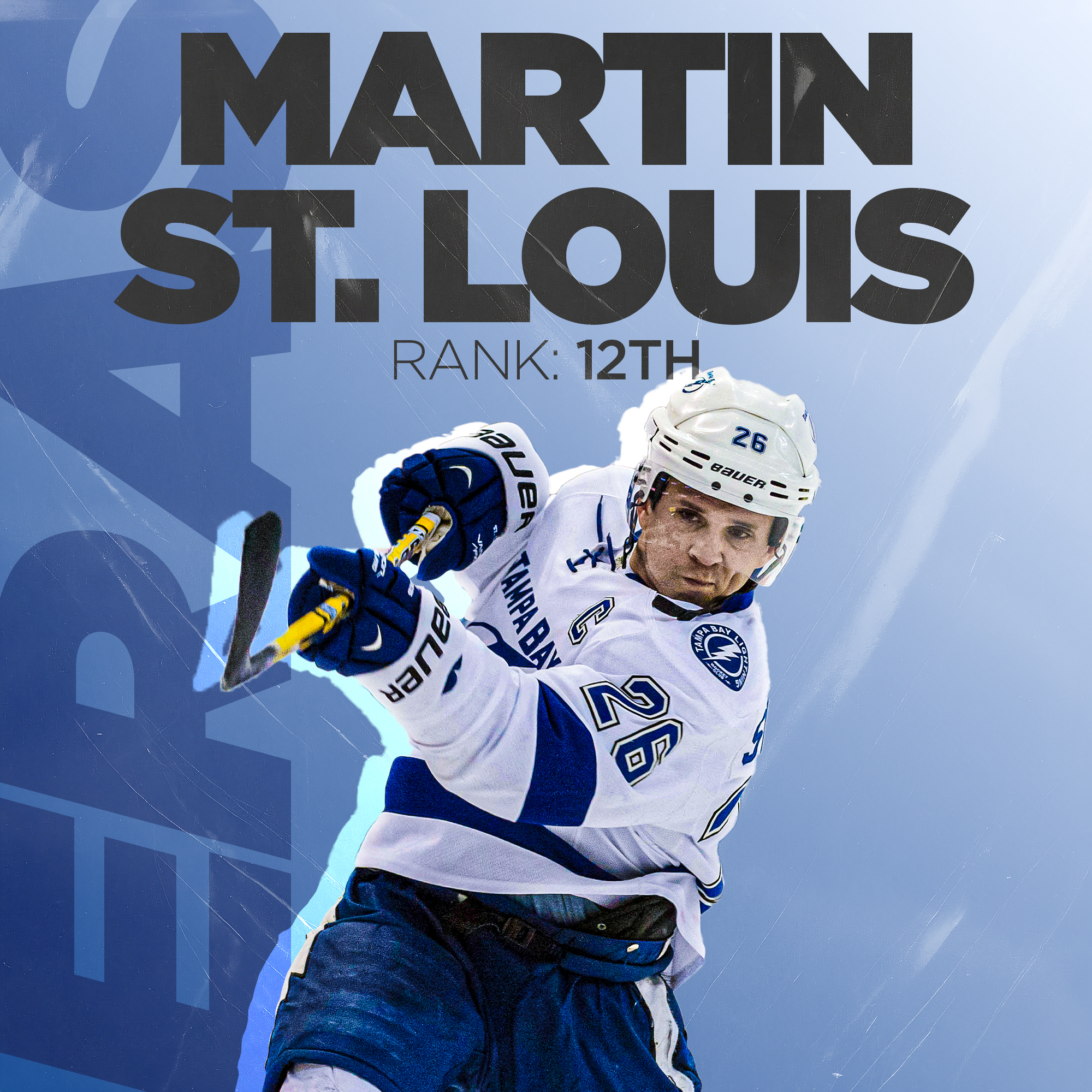A quarter century has passed since Wayne Gretzky retired as the NHL’s all-time scoring leader and undisputed top talent. To mark the milestone, theScore set out to rank and discuss the 25 best players of the post-Gretzky era.
Stats and accolades compiled before the 1999-00 season weren’t considered for this exercise. For example, Nicklas Lidstrom was evaluated as a 10-time (not a 12-time) All-Star.
Monday: Introductory essay and players 21-25
Tuesday: Players 16-20

Era teams: Detroit Red Wings 2001-16 https://datawrapper.dwcdn.net/e31oE/1/
Signature performance: Clutch in the 2008 postseason, Datsyuk had six points over the final two games of a second-round sweep of the Avalanche. He bagged his only career hat trick against the Stars in Round 3. When the Red Wings beat the Penguins for the Stanley Cup, he assisted linemate Henrik Zetterberg’s winner by spinning to find the puck in a thicket of legs.
Zetterberg was the only Red Wing to best Datsyuk’s 23 playoff points as the franchise clinched its 11th and latest title.
Why he’s here: Datsyuk’s puckhandling wizardry and defensive mastery made him a uniquely complete and exciting center. He was a face of powerhouse teams that backed up their dominance in the regular season – Detroit averaged 110.7 points over Datsyuk’s first 10 years in the NHL – with championship conquests.
He debuted with the unstoppable 2001-02 Red Wings, who iced 10 future Hall of Famers, and promptly won the first of two Cups. Datsyuk went on to stockpile three straight Selke Trophies and four straight Lady Byng Trophies as a dexterous takeaway machine who stayed out of the box.
When the “Magic Man” had the puck, his obscene dangles and cross-ice passing ability showed his hands and mind were in perfect sync. Datsyuk and Connor McDavid were the only players in the era to exceed 300 goals and 600 helpers in fewer than 1,000 games played.
Datsyuk oozed skill, possessing rare gifts that made him a dynamo and an innovator. He unleashed a powerful backhand shot to pick corners from strange angles. Some of his 40 shootout goals were scored with his patented move – fake a wrist shot and drag the puck away from the outstretched, frozen, helpless goalie.
The product of Yekaterinburg, Russia, is closely associated with two Swedes – Zetterberg and Lidstrom. The renowned trio was together for much of Detroit’s 25-year playoff qualification streak that finally ended as soon as Datsyuk left the NHL. – Nick Faris

Era teams: Boston Bruins 2003-23 https://datawrapper.dwcdn.net/HKhVc/1/
Signature performance: Before a riot broke out on the streets of Vancouver on June 15, 2011, Bergeron put on a Game 7 clinic inside Rogers Arena.
Then 25 and in his seventh NHL season, Bergeron was on the ice for all four goals in a 4-0 Bruins victory that clinched the club’s first Stanley Cup in 39 years. He scored twice and heavily influenced Brad Marchand’s two markers.
Goalie Tim Thomas, with his sparkling .940 save percentage over 25 playoff games, was appropriately awarded the Conn Smythe Trophy. Bergeron, a right-handed center, was a secondary candidate after racking up 20 points, a 60.5 face-off win percentage, and a plus-15 rating in 23 contests.
Why he’s here: Bergeron is arguably the best two-way forward in history. He holds records for most Selke Trophies (six) and Selke nominations (12). He finished first, second, or third in voting every year from 2011-12 to 2022-23.
Bergeron never came close to winning a scoring title, his single-season highs capping out at 32 goals, 48 assists, and 79 points. Yet his consistency and innate feel for the game eventually allowed him to hit the 1,000-point plateau. Impressively, he currently sits 20th in adjusted points in the post-Gretzky era.
What made Bergeron great was his unwavering commitment to playing the “right way.” He dominated the center lane of the ice in all three zones, 99% of the time positioned within arm’s reach of the puck to provide support to teammates or stymie the opposition. He loved backchecking and battling along the boards. His elite hockey sense and effort killed countless attacks.
Put another way, Bergeron never cheated the game, and the game paid him back in the form of team glory and influence on his peers. He set a high but reachable bar for play without the puck, and even in retirement, he remains a universally respected north star in NHL dressing rooms. – John Matisz https://datawrapper.dwcdn.net/hzvoY/1/

Era teams: Tampa Bay Lightning 2009-present https://datawrapper.dwcdn.net/SRtVO/1/
Signature performance: Hedman’s all-encompassing style produces more subtle great games than splashy ones. The entirety of the 2020 Stanley Cup Final, however, was something to behold in real time and especially hindsight.
In the last six games of those bubbled playoffs, Hedman logged 26:30 a night. He registered seven points, including three in Game 3, while delivering nine hits, blocking seven shots, and slinging 20 shots of his own on Dallas’ goal.
Hedman was named playoff MVP after rising to the occasion while injured captain and sniper Steven Stamkos watched from the press box. On top of handling his usual No. 1-defenseman duties, he scored 10 times in 25 games.
Why he’s here: Hedman has been the ultimate do-everything defenseman for the past decade. He’s an imposing presence at 6-foot-7, 245 pounds, yet he skates and handles the puck like somebody eight inches shorter and 60 pounds lighter. He can be trusted in all situations and logs major minutes.
Hedman was the backbone of Tampa Bay’s roster during its glory years. Stamkos, Andrei Vasilevskiy, and Nikita Kucherov had big roles, but Hedman was the key pillar because he had the most powerful overall impact on individual games and stayed atop the NHL’s defenseman hierarchy for a preposterously long time.
He was both nominated for the Norris Trophy (winning once) and selected as an end-of-season All-Star in six straight seasons from 2016-17 to 2021-22.
Hedman, who was named team captain last week and turns 34 in December, may no longer be in his prime. But his body of work in the best league in the world is as formidable as his booming slap shot from the point. – Matisz

Era teams: Calgary Flames 1999-2000, Lightning 2000-14, New York Rangers 2014-15 https://datawrapper.dwcdn.net/4njEK/1/
Signature performance: “Shot. Redirected. Scores! Game 7! Martin St. Louis! We are going back to Tampa Bay!”
St. Louis scored arguably the most clutch goal in Lightning history when he popped in a rebound 33 seconds into the second overtime period in Game 6 of the 2004 Stanley Cup Final. Calgary had been one shot away from ending it, and St. Louis – a former Flame – refused to let Tampa Bay’s season expire.
Two nights later, he and his teammates were hoisting the Cup.
Why he’s here: St. Louis, a 5-foot-8, undrafted winger who played in an NHL that wasn’t kind to diminutive players, was the underdog of all underdogs. The odds were stacked against him, and he didn’t just crack a roster and hang on for dear life. He found his footing, evolved into a superstar, and eventually became a no-brainer for induction into the Hall of Fame on the first ballot.
Over 16 seasons spread across three franchises (the Rangers were the third), St. Louis won a league MVP, captured two scoring titles, and was named to five end-of-season All-Star teams. He recorded seasons of 102 points, 99, 94 (twice), and, in the lockout-shortened 2012-13 season, was on pace for 103.
The crafty playmaker also won three Lady Byng Trophies for most gentlemanly player, despite the nightly temptation to retaliate against bigger, stronger defenders who enjoyed bullying him in front of the net and in the corners.
A lifelong student of the game, St. Louis combined smarts, tenacity, and grace to turn what was perceived as a significant disadvantage – lack of size – into a defining advantage. His story continues to inspire players across the globe. Matisz https://datawrapper.dwcdn.net/aERCM/1/

Era teams: Flames 1999-2013, Pittsburgh Penguins 2013, Bruins 2013-14, Colorado Avalanche 2014-17, Los Angeles Kings 2017 https://datawrapper.dwcdn.net/JvPF1/1/
Signature performance: The Flames moved within a win of the 2004 Cup title because of Iginla’s best NHL shift. He lost his helmet in a wrestling match during overtime of Game 5 but stayed on the ice, set up a scoring chance, and blasted a shot through traffic that Oleg Saprykin shoveled into the Lightning net.
The sequence was vintage Iginla, a heart-and-soul player whose helmet-less heroics would be outlawed under today’s rules.
Why he’s here: An exemplary power forward, Iginla blended horsepower with finesse, intelligence, and sharpshooting prowess. He scored at will, ranking third in our era in goals (563) and game-winners (93), and threw hits and punches to energize his teams.
The Edmonton native became a Calgary legend. Drafted by the Stars in 1995, Iginla was swapped that year for veteran forward Joe Nieuwendyk in the ultimate win-win trade. He’s Calgary’s all-time leader in games, goals, and points and remains the only Flame to earn the Art Ross and Rocket Richard Trophies.
Briefly the sport’s most dominant forward, Iginla missed out on a Hart victory by slim margins. He tied Jose Theodore in MVP votes in 2001-02 as the NHL goals (52) and points (96) leader but received three fewer first-place nods than the Canadiens netminder, which cost him the tiebreaker. He was also the runner-up in 2003-04 to St. Louis.
Iginla inherited the Flames’ captaincy in ’04 and, at the height of the clutch-and-grab era, racked up 41 goals in the lowest-scoring NHL season since the 1950s. His two goals and setup of Martin Gelinas’ overtime clincher helped Calgary bounce the Canucks in Game 7 of Round 1. In the final, he exchanged haymakers with Vincent Lecavalier to win the most star-studded fight in Stanley Cup history.
Later on, he chipped in secondary scoring for Penguins and Bruins squads that won playoff rounds. With the Avalanche and Kings, he put himself in position to hit the lofty 1,500-game, 600-goal, and 1,300-point milestones. – Faris
Follow the rollout all week long. Thursday: Nos. 6-10.






